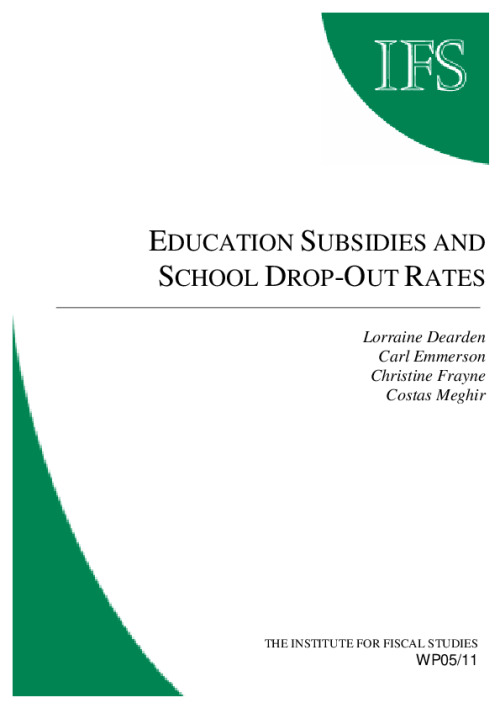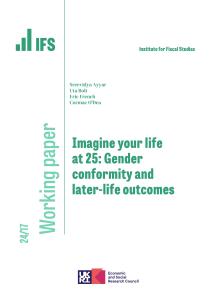This paper evaluates whether means-tested grants paid to secondary students are an effective way of reducing the proportion of school dropouts. We look at this problem using matching techniques on a pilot study carried out in England during 1999 and 2000 using a specially designed dataset that ensures that valid comparisons between our pilot and control areas are made. The impact of the subsidy is quite substantial with initial participation rates (at age 16/17) being around 4.5 percentage points higher. Full-time participation rates one year later are found to have increased by around 6.4 percentage points which is largely due to the EMA having a significant effect on retention in post compulsory education. These effects vary by eligibility group with those receiving the full payment having the largest initial increase in participation, whilst the effects for those who are partially eligible are only significantly different from the control group in the second year of the program. There is some evidence that the participation rate effect is stronger for boys, especially in the second year, and that the policy goes some way to reducing the gap in dropout rates between boys and girls. It is also clear that the policy has the largest impact on children from the poorest socio-economic background.











